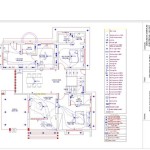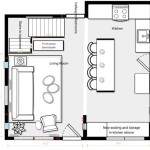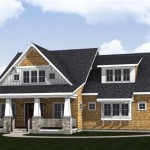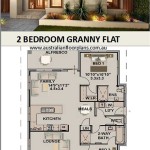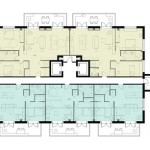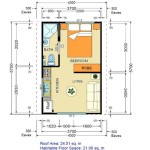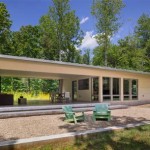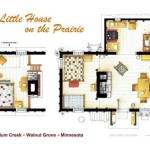Manor House Plans: A Guide to Grand Living
Manor house plans evoke images of stately homes, expansive estates, and a lifestyle steeped in tradition. These architectural designs, inspired by historical manor houses predominantly found in Europe, represent a desire for spacious living, elegant design, and a connection to the past. While modern interpretations exist, understanding the core elements of these plans is crucial for anyone considering building their own grand residence.
Historically, manor houses served as the primary residence of the lord of the manor. They were the heart of the estate, overseeing agricultural activities and providing housing for extended family, servants, and guests. This historical context informs the design principles often seen in manor house plans, including a focus on large, multi-functional spaces, clear hierarchies within the layout, and a strong connection to the surrounding landscape.
One of the defining characteristics of manor house plans is their substantial size. These are not modest homes; they are designed to accommodate large families and frequent entertaining. Expect to find multiple bedrooms, often with en-suite bathrooms, as well as numerous living areas, including formal dining rooms, drawing rooms, and libraries. Modern interpretations might also include home theaters, gyms, and indoor swimming pools, reflecting contemporary lifestyle demands.
The layout of a manor house plan traditionally follows a hierarchical structure. The main entrance, often grand and imposing, leads to a central hall or foyer. This space serves as the central hub of the house, connecting the various wings and levels. Public spaces, such as the dining room and drawing room, are typically located on the ground floor, while private spaces, such as bedrooms and family rooms, are situated on the upper floors. Service areas, including kitchens, pantries, and utility rooms, were traditionally located in a separate wing or on the lower ground floor, often with their own separate entrance.
Architectural styles vary greatly depending on the historical period and geographical location of inspiration. Tudor, Georgian, Victorian, and French Provincial are just a few of the styles that influence manor house plans. Common features include intricate detailing, ornate moldings, high ceilings, large windows, and prominent fireplaces. Exterior materials often include brick, stone, or stucco, sometimes combined for a distinctive look. Roofs are typically steeply pitched, often with multiple gables and dormers.
Modern manor house plans often adapt these historical styles to contemporary living. While retaining the grand scale and elegant features, they incorporate open-plan living spaces, modern kitchen designs, and energy-efficient building technologies. The focus on connecting indoor and outdoor living spaces is also prominent, with patios, terraces, and balconies often included in the design.
Choosing a suitable plot of land is paramount when considering a manor house plan. The scale of the house requires a large lot to accommodate the footprint and maintain the sense of grandeur. Consideration should also be given to the surrounding landscape and how it can be incorporated into the overall design. Features such as formal gardens, fountains, and long driveways enhance the estate-like feel.
Building a manor house is a significant undertaking. It requires careful planning, budgeting, and collaboration with experienced architects, builders, and interior designers. The complexity of the design and the high-quality materials typically used contribute to the higher construction costs associated with these projects. Potential homeowners should carefully assess their budget and timeline before embarking on such a venture.
Beyond the physical structure, manor house plans represent a particular lifestyle. They offer an unparalleled level of space and privacy, perfect for large families and those who enjoy entertaining. The grandeur of the design and the connection to historical architectural traditions create a unique and enduring appeal.
The selection of a specific manor house plan requires careful consideration of individual needs and preferences. Factors such as the desired architectural style, the number of bedrooms and bathrooms, the size and layout of the living spaces, and the overall budget should all be taken into account. Working with an experienced architect can help ensure that the final plan meets the specific requirements of the homeowner.
Ultimately, manor house plans represent a timeless aspiration for grand living. They embody a desire for elegance, spaciousness, and a connection to the past. While the scale and complexity of these projects require significant investment and planning, the result is a truly unique and impressive residence that can be enjoyed for generations to come.

Manor House Floor Plan Country Castle Plans English Houses

Burgundy Manor House Plan Image Weber Design Group Naples Fl

Archi Maps Manor Floor Plan Mansion Cottage Plans

Plan 31827dn Palatial Manor House Plans Floor

French Country House Plans For A 5 Bedroom 4 Bath Home

Virtual Tour Floorplan Trewidden House Gardens

Luxury European Manor House Plans

Fountainbleau Open Floor Plan Mansion House

Mega Mansion Florida Style 32233aa Architectural Designs House Plans

3 Bedrm 5730 Sq Ft European Style Manor Plan 106 1154

